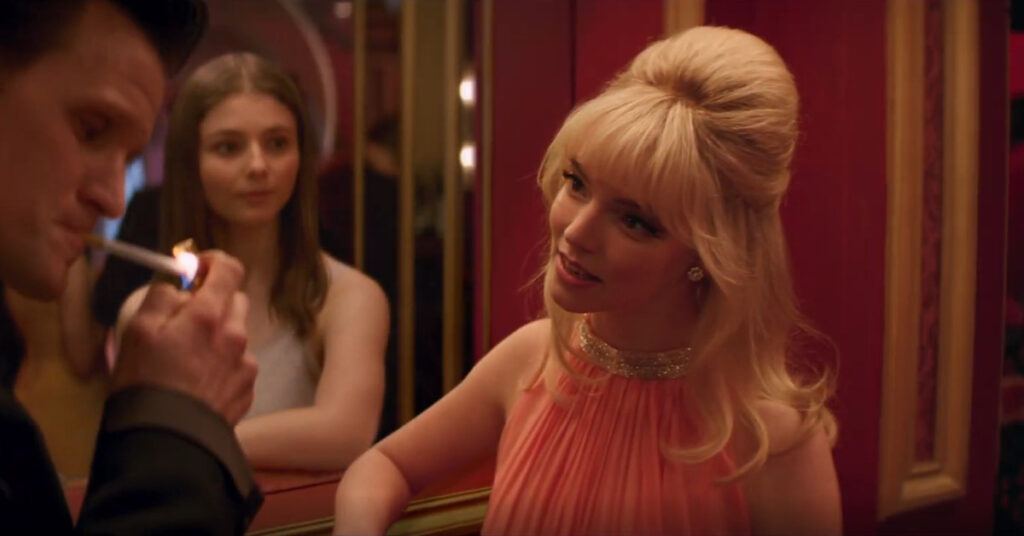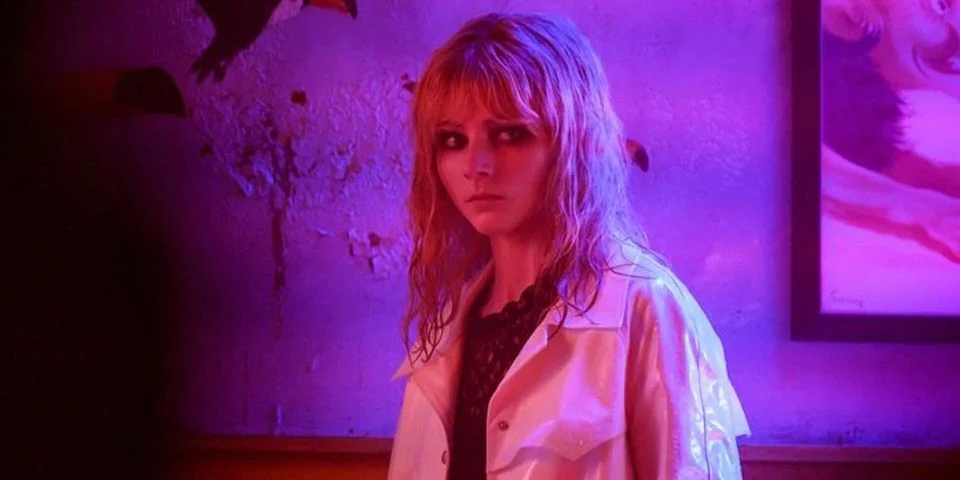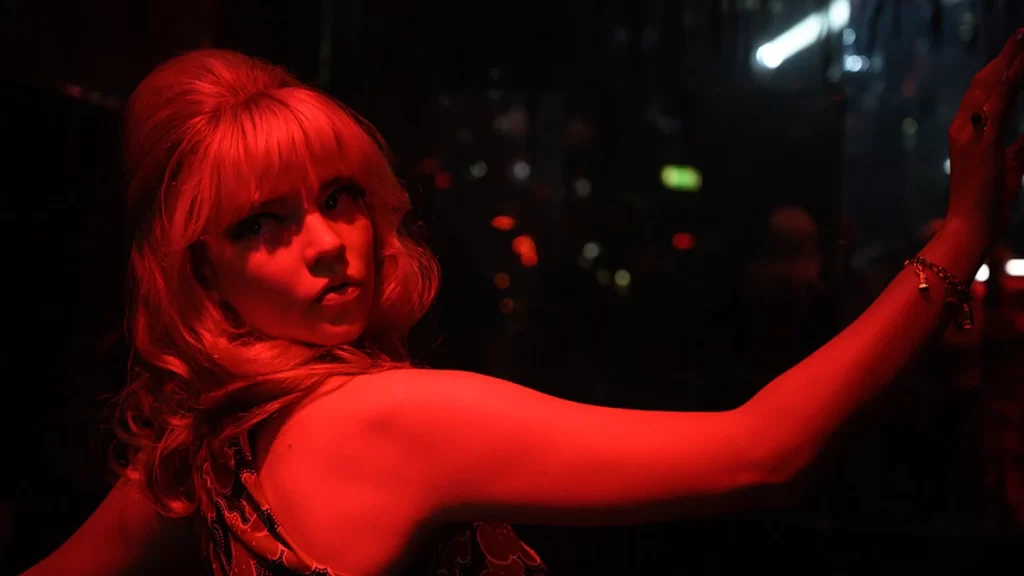Eloise Turner is a young woman, passionate about fashion design while also passionate about the pop culture and style of 1960s London.
When she gets admitted to a prestigious fashion school in London, she encounters the city both in its industrious present as well as in its groovy and swinging past of the 60s via dreams. It is in these dreams that she encounters Sandie, played by Anya Taylor Joy, and soon Eloise Turner or Ellie (Thomasin Mackenzie) realizes that the phrase “London is a lot” has taken on a whole new meaning as dreams and reality collide.
Last Night in Soho, written by Wright and Krysty Wilson-Cairns (1917), is Wright’s 8th directorial feature, and it follows his penchant of exploring a different genre along with putting a twist on it by lampooning or making its own spin of it.
Shaun of the Dead was him lampooning zombie horror, Hot Fuzz buddy cop movies, The World’s End alien invasion movies, Scott Pilgrim the comic book movie while Baby Driver is the heist genre.
All of these movies are characterized by his quick editing style, a wit laden script and sly references to the genre as well as inspirations, while showcasing a dynamic quality of film making structured to an eclectic soundtrack. Last Night in Soho is also similar, but also very radically different.

The film follows Eloise’s life as she enters London and the big city which envelops her both in the present as well as the past. Wright’s love letter to the 60s is very evident here with his beautiful reconstruction of era with bright lights and disco aesthetics – until you start to realize that the 60s view is Wright showing the viewers what the 60s is distilled through a pop culture lens.
Through narrative storytelling, the director takes the journey of Sandie (Anya Taylor Joy), a woman with dreams of being a big singer and how her meeting with Jack (Matt Smith), a “manager” slowly reveals the underlying misogyny of that society. In a way Wright and Kristy Cairns deconstructs nostalgia and showcase the perils of Nostalgia, and also in a way hipster culture.
The love of a period where you did not exist but you have high hopes and dreams of that time being a better place is a result of you looking at it through the skewed views of pop culture, while the underbelly could only be shown under a deeper exploration.
It’s fascinating and Last Night in Soho works very well in luring the viewer in via the slick and beautiful production, the wonderful editing, and of course the absolutely gorgeous soundtrack curated by Wright himself.

However, it also suffers from having two distinct halves of quality in a single movie.
As long as it keeps exploring the 60s while contrasting it and showing how it is effecting Ellie’s present, it hums along. However, the movie slowly devolving into Wright’s love letter of the slasher subgenre and the giallo sub genre of horror upends the balance it should have been maintaining for a successful genre mash up.
Instead it becomes messy – the violence and the psychological horror contributing to a movie whose sound design produces a very noisy film. The biggest example is the scene where Ellie “witnesses” a murder in the bedroom while she was going to spend the night with John, a classmate who is interested in her. That scene, jumping from Ellie’s perspective of abject horror, to Sandie’s perspective of the murder taking place, to John’s perspective of utter confusion, is a messy noisy affair.
And it only becomes messier and confusing as the movie trudges along, until it ends with a far more predictable conclusion. The thematic through line of the perils of nostalgia is there, but it ultimately gets lost in the stylistic shuffle of the horror homage.

The performance of Thomasin McKenzie is the most engaging here. As the protagonist Ellie, McKenzie has the tough job of portraying a shy character who also develops her inner strength and slowly comes to her own, while also not devolving into the typical final girl of a horror movie.
Anya Taylor Joy as Sandie looks beautiful and alluring. Her performance of Downtown is impactful with only flashes of an emotional performance.
The supporting cast is mostly decent but also underdeveloped beyond archetypes while Diana Rigg in her final performance delivers much in very little.
Last Night in Soho is definitely Wright’s foray of film-making into a radical new direction – it is not serious per se, but it definitely feels humorless. Its exploration into 60s London and deconstruction of Nostalgia coupled with dynamic visuals and an eclectic soundtrack ensures that you would be entertained.
However, its homage of slasher horror is messy and confusing and almost derails the narrative as the movie skids through to the finish line.
Rating – 3/5
Last Night in Soho is currently available on Digital from November 19th.
Listen to the soundtrack here –
NOTE: THE VIEWS AND OPINION EXPRESSED IN THIS ARTICLE ARE THOSE OF THE AUTHOR.
Edited by Nidhi Sahani